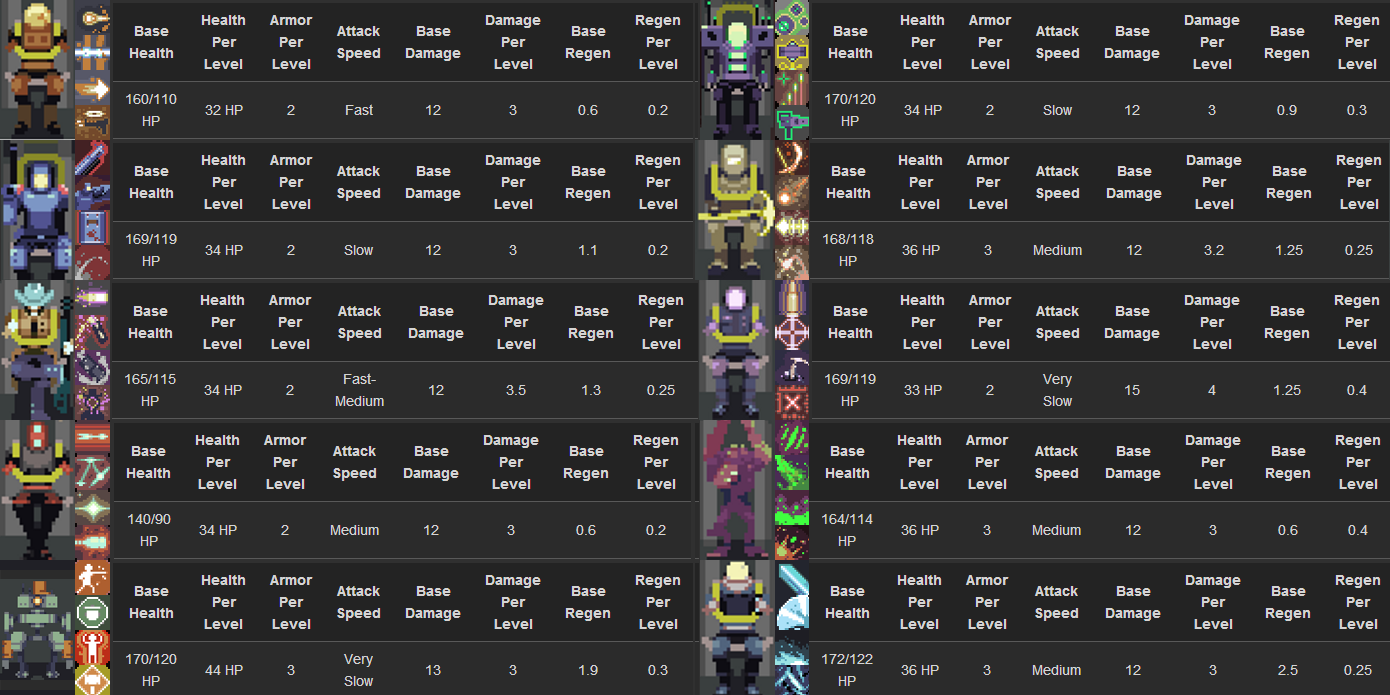

Here are some tips to help you on your search: Searching the immediate surroundings and larger radius of where your dog was lost will increase your chance of finding them. If your dog has not returned to you yet, it’s time to take action to bring them home. It could very well be they got distracted by a wild animal, or are stuck in a neighbor’s fence down the road. For example, don’t assume your dog was kidnapped or attacked. A microchip’s only job is to identify a missing dog’s details in case they are lost and found.Ĭaution: Be careful not to jump to conclusions that may cause you to give up your search. Microchips do not contain any GPS or other technology that would help you track or locate your dog in real time. You can’t rely on a microchip alone to find your dog. Remember, only 15% of lost dog parents found their dog thanks to a microchip or ID tag. You can also register your contact details in microchip databases such as: If you know the microchip ID number but not the company, use the universal pet microchip lookup. Tell the microchip company that your dog is missing so they can alert local animal shelters. If your contact info is correct and all goes well, you may receive a call in case your lost dog is found. That way if someone finds your dog and brings them into a vet or shelter, the microchip ID can be scanned and they can look you up in the microchip database. If your lost dog has been microchipped, call the microchip company to make sure your contact info is up to date. Call and verify your lost dog’s microchip contact information Place your dirty clothes or your dog’s bedding outside to attract your dog using familiar scents. Bring your dog’s favorite treats or toy with you to lure them out of hiding. Ask friends or family to help you search. Could they have gotten stuck somewhere? Check inside the:Īnd anywhere else your four-legged friend might be.

Is your dog scared? They may be hiding nearby. If your dog is missing, first check your home and your immediate surroundings.
#Risk of rain 2 items disappear how to#
Track My Dog with Tractive GPS How to find a lost dog 1. I was so relieved! Tractive gives me peace of mind! Then, 30 seconds later I could see her in the distance on the horizon. I started looking for her in the opposite direction however, on the app I could see her coming towards me. Here’s some feedback Rachel shared with us about finding her dog Lola with Tractive GPS: The Tractive GPS Dog Tracker (pictured above) uses GPS tech 🛰️ to help you pinpoint📍 the location of your dog 🐕 anywhere in the world. And to avoid the stress and worry, you can rely on a GPS dog tracker that can always show you where your dog is.įor peace of mind, follow your dog’s every step. You have very good chances of being reunited with your dog again. Even the most domesticated dogs can travel long distances and survive by scavenging for food and water until they are home again. Your dog might even return on their own, using scent to guide their way. So if you have a lost dog, start your search right away to boost your chances of finding them.

6% of dog parents found their dogs at animal shelters.15% of dog parents found their dogs thanks to a microchip or ID tag.16% of lost dogs manage to find their way back home.49% of dog parents found their canine friend by searching the neighborhood.90% is the likelihood of finding a lost dog within the first 12 hours.93% of lost dogs (in a survey by the ASPCA) were eventually recovered 2.But first, here are some encouraging lost dog facts to reassure you: What are the chances of finding a lost dog? How to ensure that your dog is never lost again:īelow, you’ll find out how to find a lost dog.How to find a lost dog with a Tractive GPS Dog Tracker.Consider other options to find a lost dog Do ‘lost dog’ posters really help people find their pets?.Use Facebook and other social media networks Report your dog missing and contact local shelters How to find a lost dog with a microchip?.What are the chances of finding a lost dog?.


 0 kommentar(er)
0 kommentar(er)
